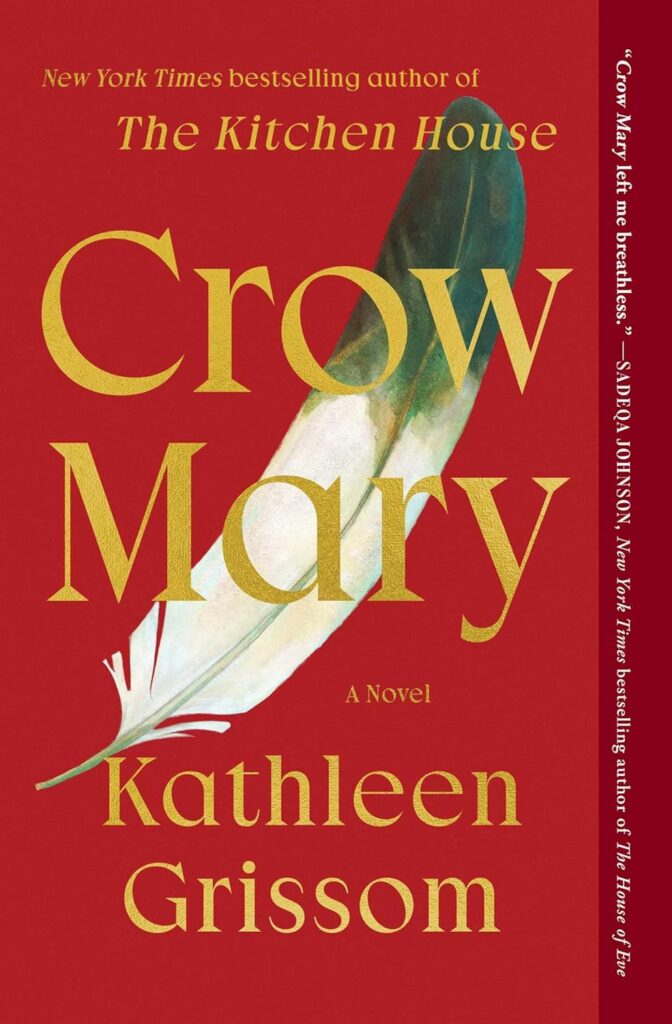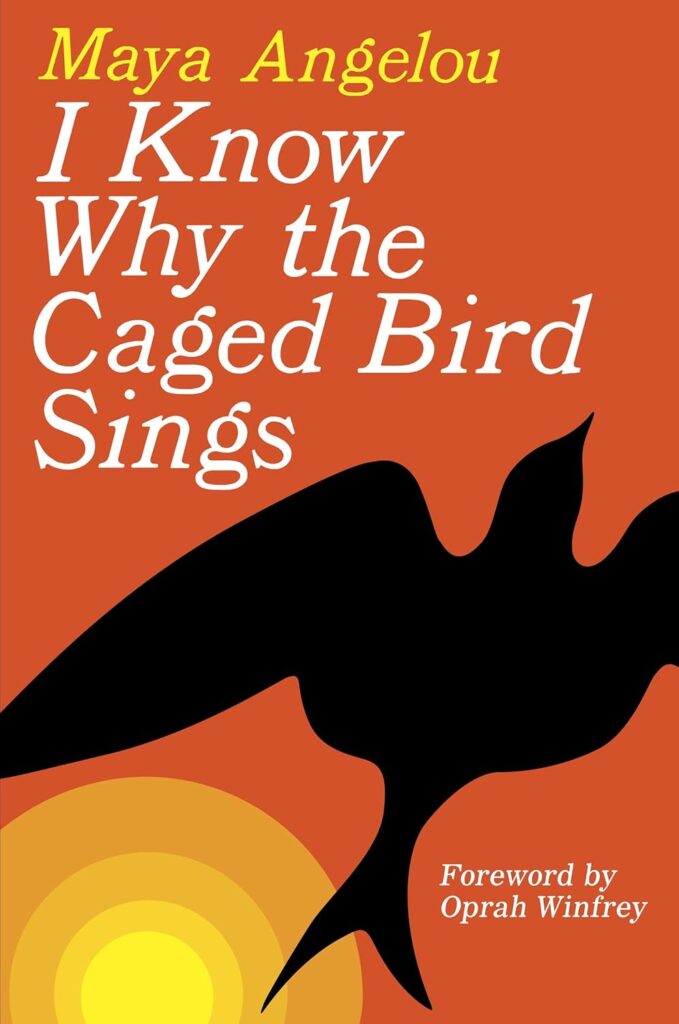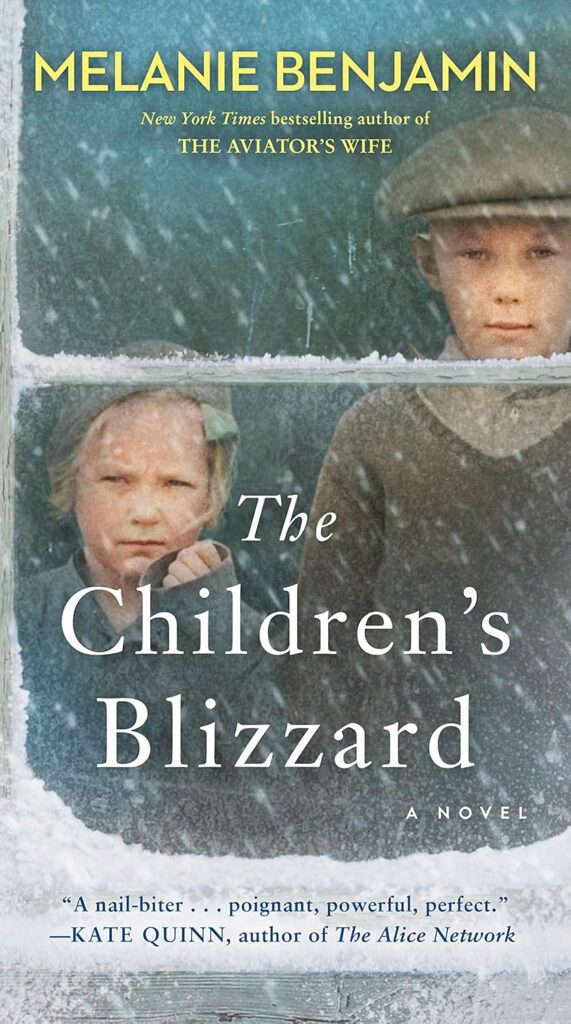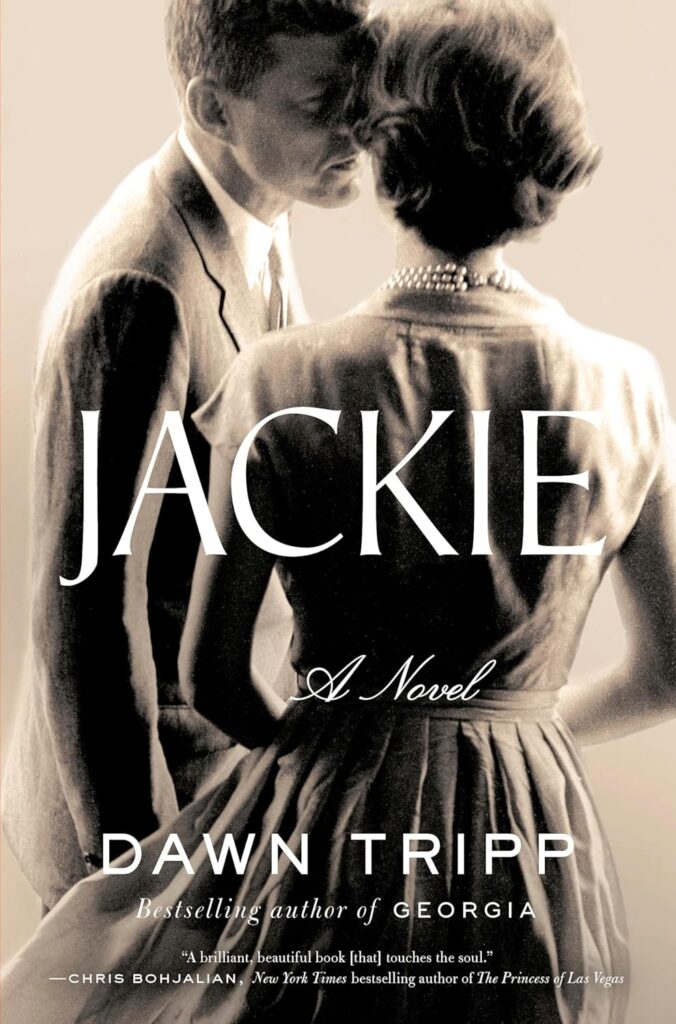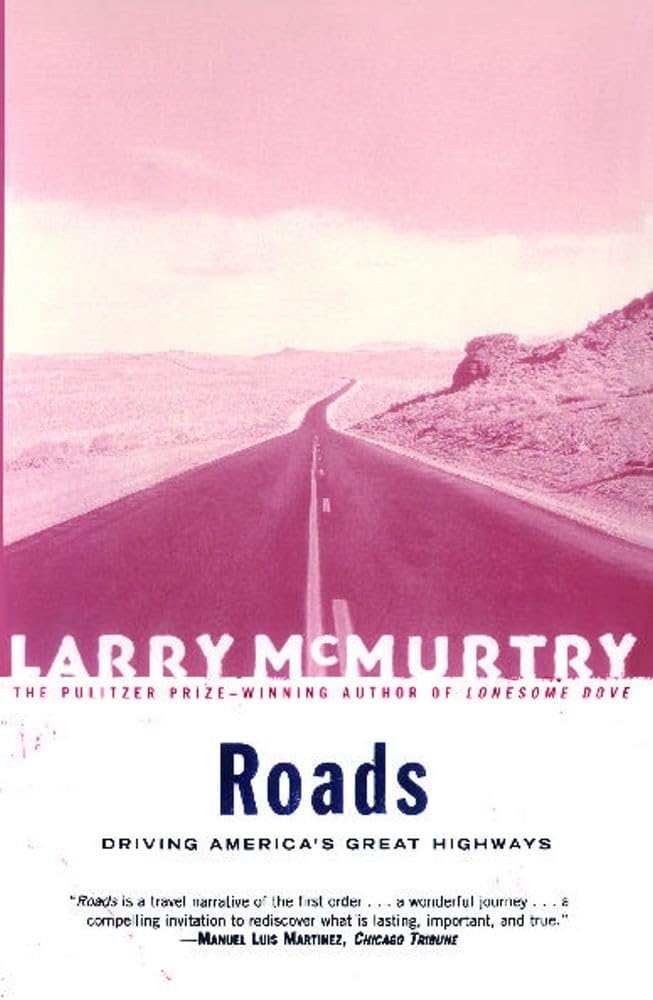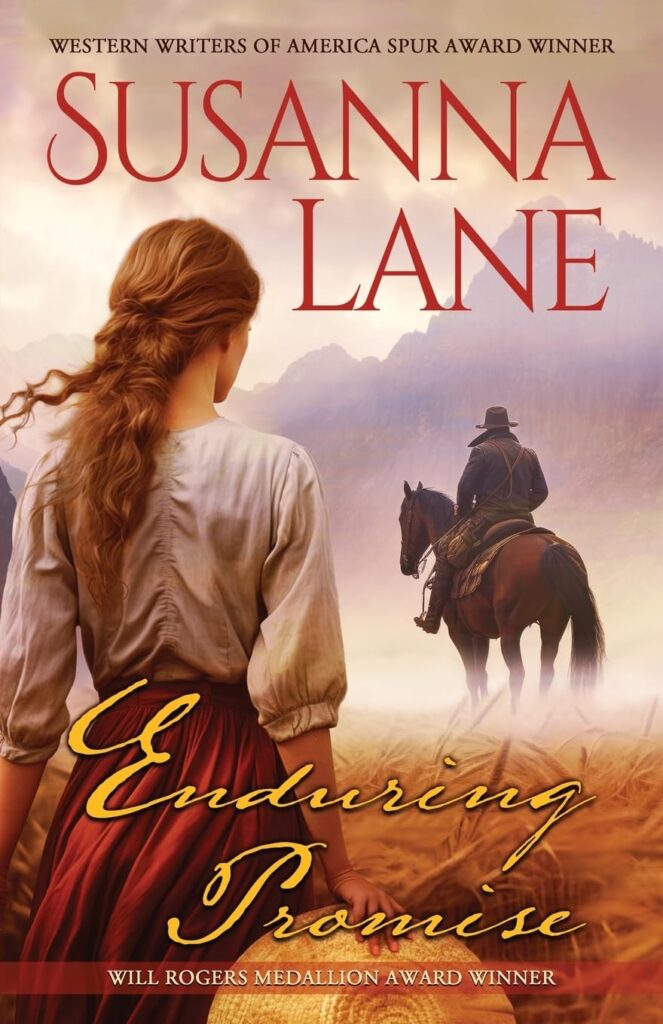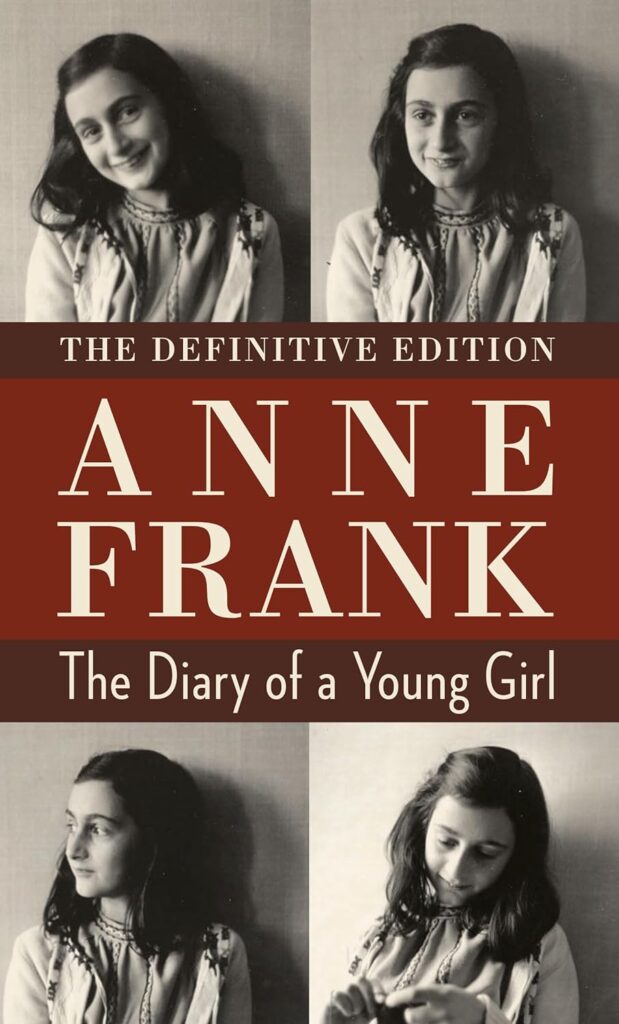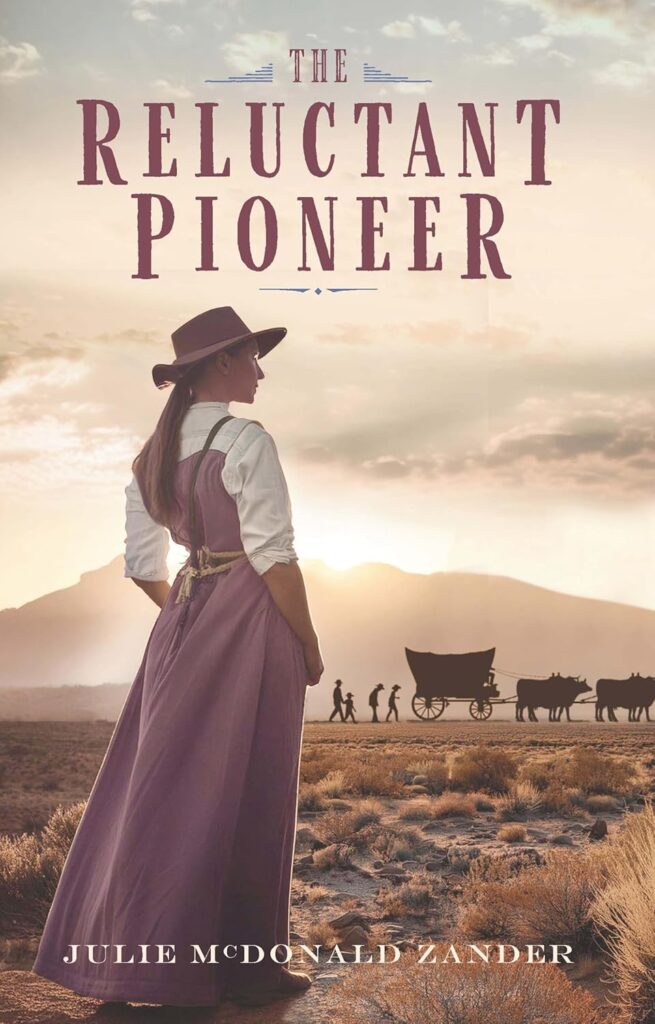Crow Mary by Kathleen Grissom is a deeply moving novel inspired by the real life of Crow Mary, an Indigenous woman in 19th-century North America, with a forward by Nedra Farwell Brown, Crow Mary’s great-granddaughter.
The story begins in 1872 Montana when a sixteen year-old Crow Native woman marries Abe Farwell, a white fur trader. Abe is a well respected man and there is mutual attraction between Abe and Crow Mary. Mary’s Indian name is actually Goes First, but when the Christian minister performs the ceremony, he calls her Mary, as was the practice at the time when a white man married an Indian woman. The new bride goes along with this, but adds “Crow” to her name, thus Crow Mary.
After the marriage ceremony, they set off on the long trip to Farwell’s trading post in Saskatchewan, Canada. Along the way Crow Mary meets Jeannie, and they become close friends. Jeannie, a Métis woman, teaches Mary how to read and write, and many ways of the whites. (A Métis is a person who is part Indian and French or English.) Crow Mary also meets Sam Stiller, a cruel wolf hunter who becomes her lifelong enemy.
The winter trading season is peaceful and Crow Mary and Abe Farwell enjoy their mutual love. Abe confesses to Mary that he can’t tolerate liquor, that once he starts drinking he can’t stop. Crow Mary admires his vow to avoid liquor, and falls deeply in love with her husband, whom she calls Farwell.
At the end of a successful trading season, they plan to return to Montana. On the eve of their impending trip, a group of drunken whiskey traders slaughter forty Nakota people despite Farwell’s efforts to stop them. Crow Mary witnesses the murderers, including Stiller’s part in the slaughter and his involvement in taking five Nakota women back to their fort. She creeps into their fort and saves the women, thus creating bitterness and false accusations among colliding cultures. The results of this event cause lasting repercussions, and ultimately cause Abe Farwell to lapse in his vow to avoid liquor, creating a strain in their relationship.
Crow Mary is a richly detailed story of love, clashing cultures, and historical events that profoundly changed lives. Author Kathleen Grissom shows the plight of Indigenous peoples, and the deplorable methods taken to reeducate them. She also gives credit to those who helped make peace between the cultures. This is a rich read, one that I enjoyed from beginning to end.


